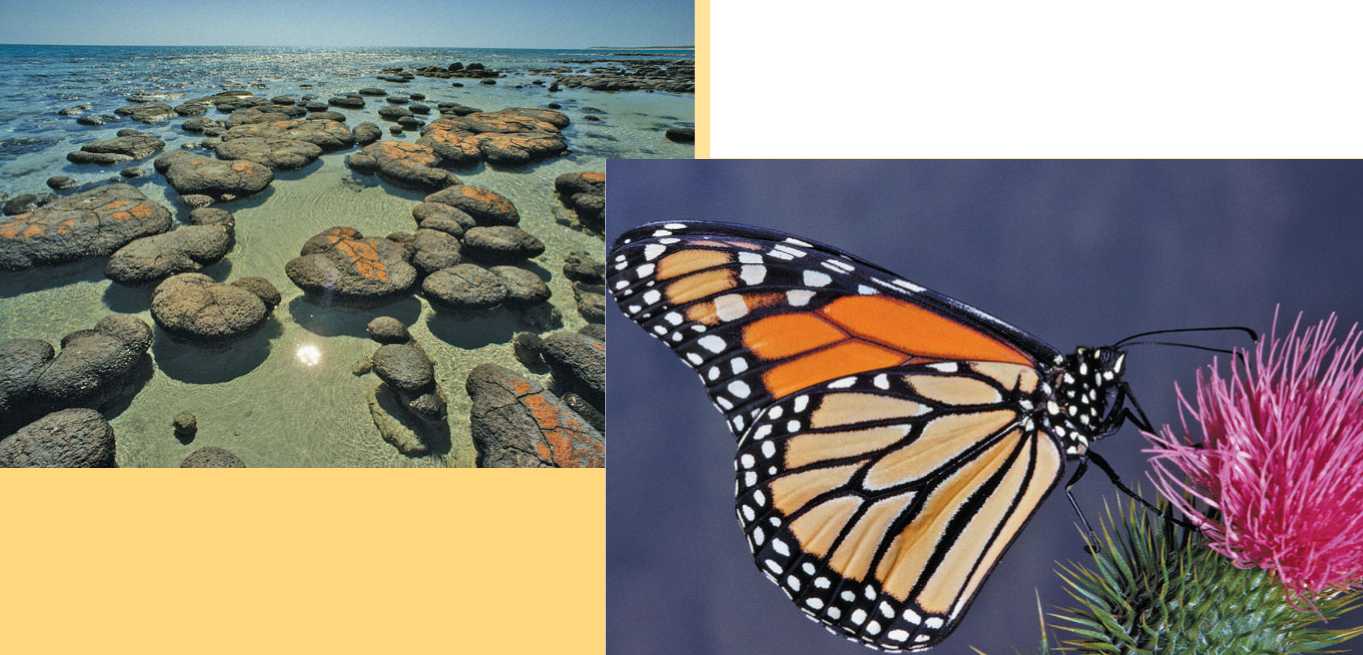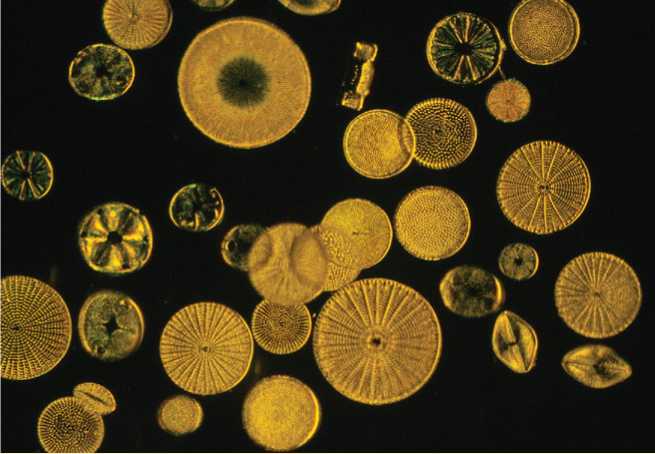1


Classification of Life on Earth
Life forms are classified taxonomically according to the Linnaean classification system. The species is the basic unit of classification. Increasingly larger groups of species are called genera, families, orders, classes, phyla (or divisions), kingdoms, and domains.
2. In the Linnaean classification system, species are referred to using binominal nomenclature. Genus and species names are written in Latin.
3. In the biological species concept, a group of individuals can interbreed and produce fertile offspring. In the paleontological species concept, species of ancient organisms are defined using morphologic similarities and differences.
4. Life forms are fundamentally categorized as prokaryotes or eukaryotes. Prokaryotic organisms have simple cells that are small, lack nuclei, and lack heritable organelles. Eukaryotic organisms have more complex cells that are relatively large, have nuclei, and have heritable organelles.
5. Archaebacteria (or archeans) are prokaryotes that are often methanogenic, halophilic, or thermoacidophilic. They have ribosomal RNA sequences and other characteristics that are distinctive from other organisms.
6. Eubacteria (or bacteria) are all the prokaryotes except for the archaebacteria. They include simple, solitary unicells to more complex stalked, budding, and aggregated forms.
7. Protoctists are the eukaryotic organisms other than fungi, plants, and animals. Most (such as amoebas, ciliates, and diatoms) are unicellular and microscopic in size, although the group also includes brown algae, oomycotes, and red algae, all of which are multicellular.
8. Fungi are eukaryotic organisms that develop from chitinous fungal spores, have chitinous cell walls, lack undulipodia, and are mostly multicellular. They acquire nutrients by digesting living or dead tissue through absorption.
9. Plants are multicellular, photosynthetic organisms that have complementary sexes, develop from an embryo, and have an alternation of generations.
10. Animals are multicellular, heterotrophic organisms, most of which develop from an embryo produced by fertilization of a large haploid egg by a smaller haploid sperm.




 World History
World History









